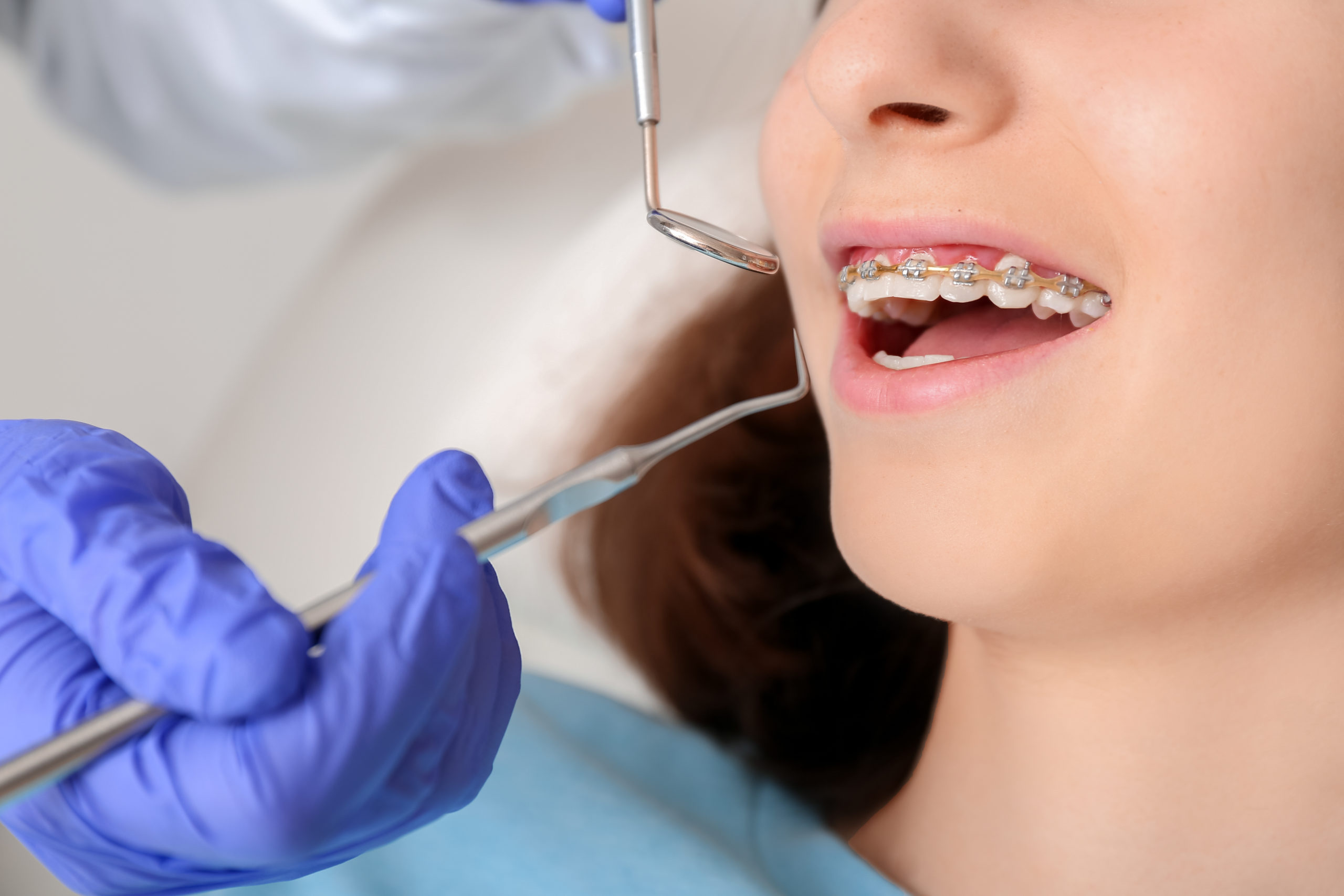Comprehensive Guide to Orthodontics Treatments for Fixing Oral Misalignments
Recognizing the details of each treatment, including their mechanisms, advantages, and possible drawbacks, is essential in making educated choices about one's orthodontic treatment. As we browse through the detailed overview to orthodontic treatments for correcting dental imbalances, the intricate details of each technique will certainly unfold, shedding light on the course towards a harmonious and practical dental alignment.
Orthodontic Procedures Introduction

Along with clear aligners and traditional dental braces, orthodontists may likewise suggest other interventions like headgear, palatal expanders, or retainers to deal with particular alignment concerns (cumming braces). These treatments are customized to every client's distinct needs and may involve a mix of therapies to accomplish the desired results. Normal changes and tracking are vital parts of orthodontic treatment to guarantee progress gets on track and to make any type of essential adjustments along the means. By going through orthodontic treatments, clients can not just accomplish a straighter grin but additionally improve their overall dental wellness and function.
Conventional Dental Braces: Exactly How They Function
When thinking about orthodontic therapies for oral imbalances, standard braces stand out as a tried and true method for correcting teeth positioning. Typical dental braces are composed of brackets, cables, and bands that work together to use continual stress on the teeth, slowly moving them right into the preferred positioning.
One key aspect of just how standard dental braces work is the process of bone remodeling. As stress is used to the teeth through the dental braces, the bone bordering the teeth is reshaped to sustain the brand-new tooth settings. This remodeling is essential for the lasting stability of the corrected placement. Clients will certainly require regular changes at the orthodontist's office to ensure the dental braces continue to use the right pressure for reliable teeth motion.
Unseen Aligners: Disadvantages and pros
These clear, customized trays are virtually unnoticeable when used, making them an appealing choice for people looking for an extra cosmetically pleasing orthodontic therapy. Patients can remove the aligners before eating or brushing their teeth, decreasing the threat of food getting stuck in the appliance and simplifying the cleansing procedure.

Surgical Orthodontic Options
Surgical treatments in orthodontics existing viable alternatives for dealing with intricate dental imbalances that may not be successfully fixed via conventional orthodontic therapies. While undetectable aligners and typical dental braces can correct lots of orthodontic issues, specific instances require surgical intervention to attain optimal results. Surgical orthodontic alternatives are generally suggested for extreme malocclusions, significant jaw inconsistencies, and cases where the underlying best dental insurance bone structure needs teeth bleaching alteration to achieve proper positioning.
One usual surgical orthodontic procedure is orthognathic surgical treatment, which entails rearranging the jaws to correct practical problems such as trouble speaking or chewing. This surgical treatment is usually performed in collaboration with an orthodontist that helps align the teeth before and after the procedure. Surgical orthodontics may likewise include treatments to reveal influenced teeth, get rid of excess periodontal tissue, or reshape the jawbone to create a more harmonious facial profile.
Before considering surgical orthodontic choices, individuals go through a thorough analysis to establish the need and possible advantages of such treatments. orthodontist. While surgery may appear daunting, it can significantly improve both the feature and appearances of the smile in instances where standard orthodontic treatments fail
Retainers and Post-Treatment Care

Failing to comply with post-treatment care guidelines can result in relapse, where the teeth progressively move back towards their initial positions. Regular retainer wear, good oral health, and regular dental exams are important for keeping the results attained through orthodontic surgery and making sure the lasting stability of the remedied oral alignment.
Final Thought
Finally, orthodontic procedures use numerous options for fixing oral imbalances. Traditional braces utilize steel braces and wires to shift teeth into appropriate placement. Invisible aligners offer a more very discreet choice yet might not be suitable for all cases. Surgical orthodontic alternatives are available for much more serious misalignments. Retainers are frequently made use of post-treatment to keep the brand-new alignment. Overall, orthodontic procedures can efficiently enhance oral wellness and visual look.
As we browse via the thorough overview to orthodontic procedures for fixing dental imbalances, the detailed information of each technique will unfold, losing light on the course toward a useful and harmonious dental placement. - cumming orthodontist
One of the most typical orthodontic treatments is the usage of dental braces, which consist of steel braces and cables that apply gentle stress to gradually shift teeth right into the desired position.When considering orthodontic therapies for oral imbalances, typical braces stand out as a reliable approach for remedying teeth positioning. In addition, undetectable aligners may not be ideal for complex orthodontic concerns that need even more considerable teeth movement, as they are commonly suggested for mild to modest cases. Retainers are tailor-made orthodontic gadgets made to hold teeth in their fixed placements after the completion of orthodontic therapy.